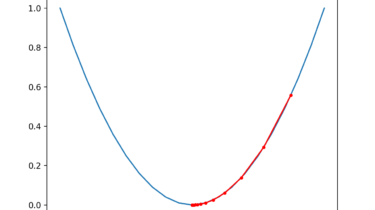Machine Translation Weekly 67: Where the language neurality of mBERT reside?
If someone told me ten years ago when I was a freshly graduated bachelor of computer science that there would models that would produce multilingual sentence representation allowing zero-shot model transfer, I would have hardly believed such a prediction. If they added that the models would be total black boxes and we would not know why it worked, I would think they were insane. After all, one of the goals of the mathematization of stuff in science is to make […]
Read more